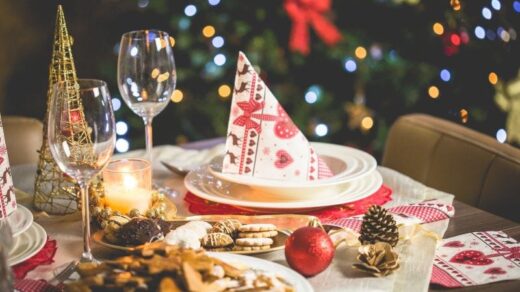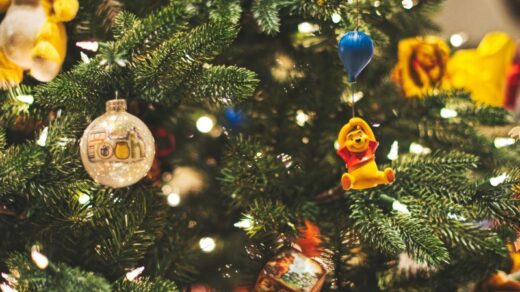As the holiday season draws near, it is the perfect time to delve into the history and symbolism behind traditional Christmas ornaments from different countries. These small decorations are more than just decorative pieces, as they are steeped in cultural significance and historical importance. From the Christmas pickle in Germany to the national flower of Mexico, let us take a cultural tour of traditional Christmas ornaments from different countries and their symbolism.
Germany – Christmas Pickle
The Christmas pickle ornament is a beloved holiday tradition in Germany. It is a green, glass ornament shaped like a pickle and hidden in the Christmas tree. When the family gathers around the tree on Christmas morning, the first person to find the pickle receives a special gift. The origins of this tradition are disputed, but some say it was created to promote domestic peace during the holidays. Others believe that it has a more religious meaning, symbolizing the belief in the rewards of finding the hidden truth.
Mexico – Poinsettia
One of the most popular Christmas symbols in Mexico is the poinsettia, known as ‘Flor de Nochebuena’ or ‘Flower of the Holy Night’. The poinsettia originated in Mexico and is also the country’s national flower. According to legend, a young girl who was too poor to bring a gift to the Christ Child was instructed to pick flowers by an angel. Her humble bouquet of weeds miraculously transformed into beautiful poinsettias, which have been associated with Christmas ever since.
Scandinavia – Hearts and Stars
In Scandinavia, traditional Christmas ornaments are made mostly of straw, including hearts and stars. These ornaments originated in the 1800s when the local farmers used straw to make ornaments due to a lack of resources. To this day, straw ornaments continue to be popular, symbolizing the connection with nature and the agricultural heritage of the Scandinavian region.
Ukraine – Pysanky
The pysanky is a Ukrainian Easter egg that has a cultural significance extending beyond the Easter celebrations. Originating from the pre-Christian era when eggs symbolized the rebirth of nature, the pysanky has become an important Christmas ornament in Ukraine, where the decoration of the Christmas tree is called ‘didukh’. These ornamental eggs are decorated with intricate patterns and are believed to bring good luck and prosperity in the coming year.
Denmark – Nisser
The Nisser or Christmas elves are popular Christmas figures in Denmark. They are believed to protect the homes and farms, and are often used as Christmas ornaments. These elf figures are made of straw, cloth or paper, and are symbols of the importance of community and togetherness during the holiday season.
In conclusion, the history and diversity of traditional Christmas ornaments from different countries are a testament to the richness and diversity of the cultures and traditions that exist worldwide. The symbolism behind these ornaments goes beyond just decoration, reflecting the unique beliefs and attitudes of each culture towards the holiday season. As we celebrate the holiday season, we may look to these ornaments as a reminder of the diverse and vibrant cultures that make up our world.




